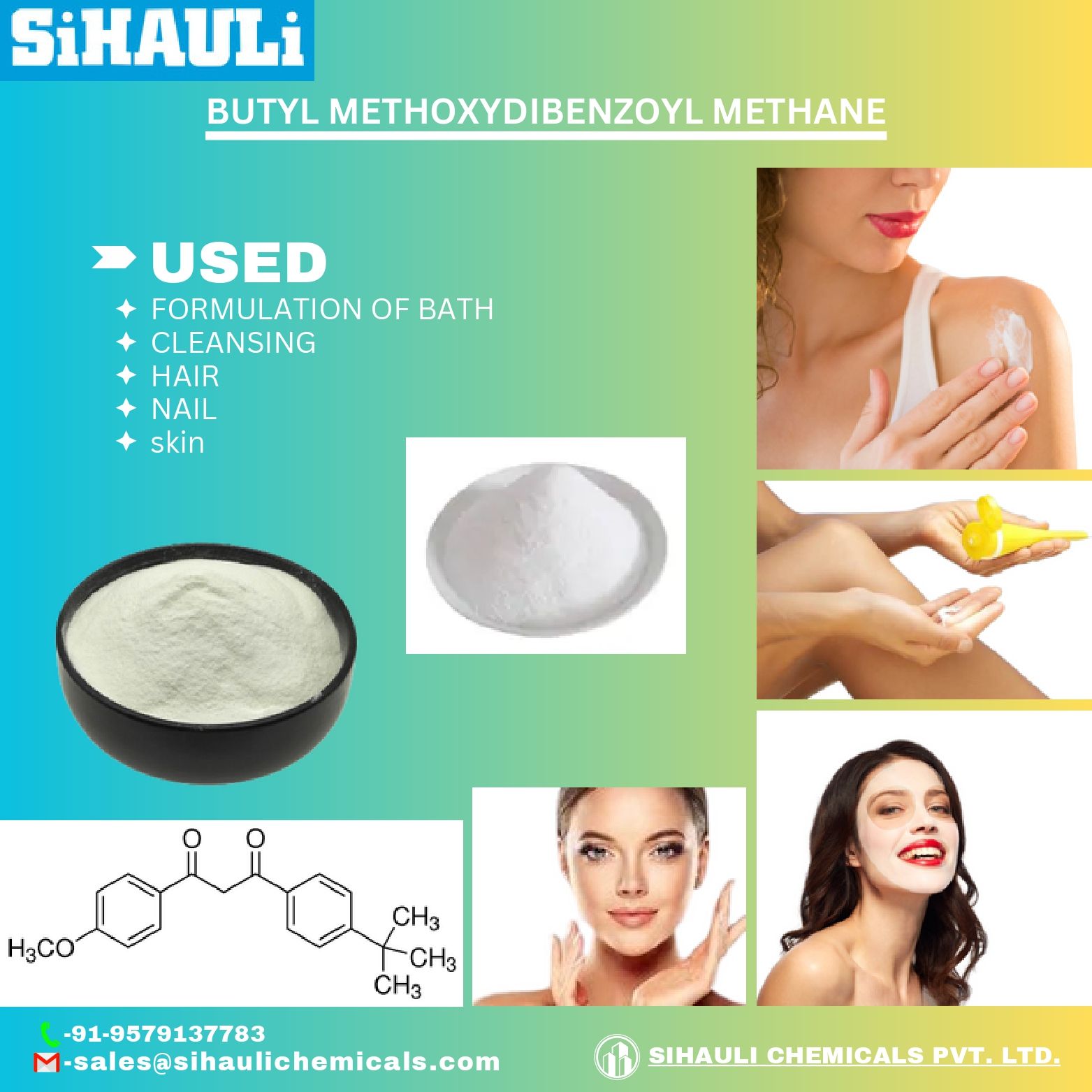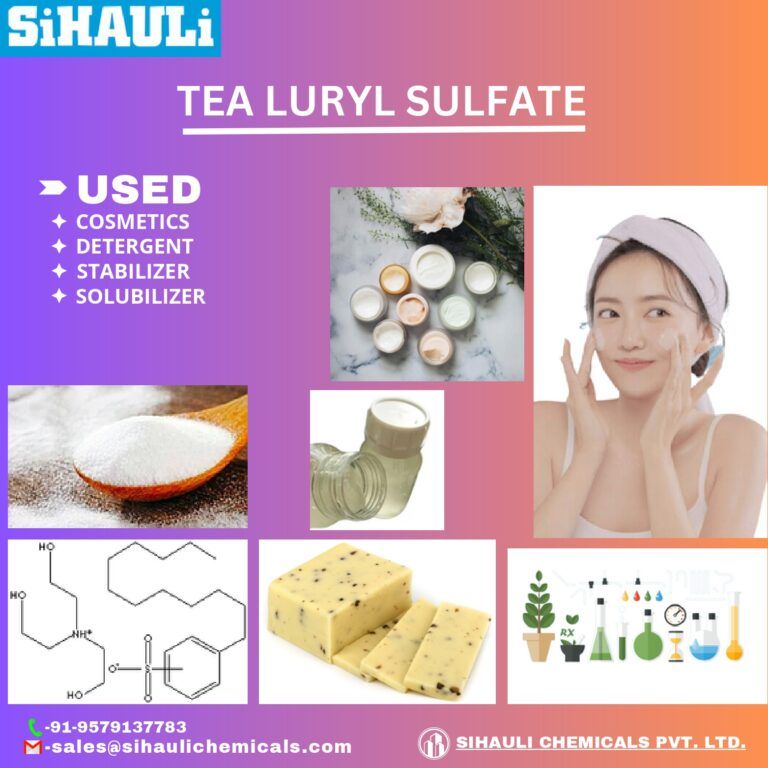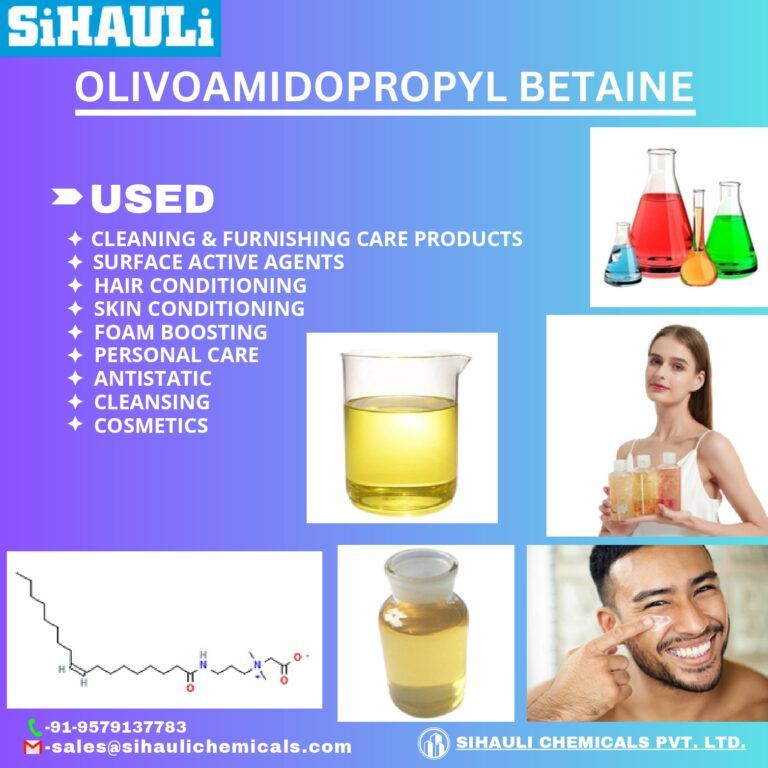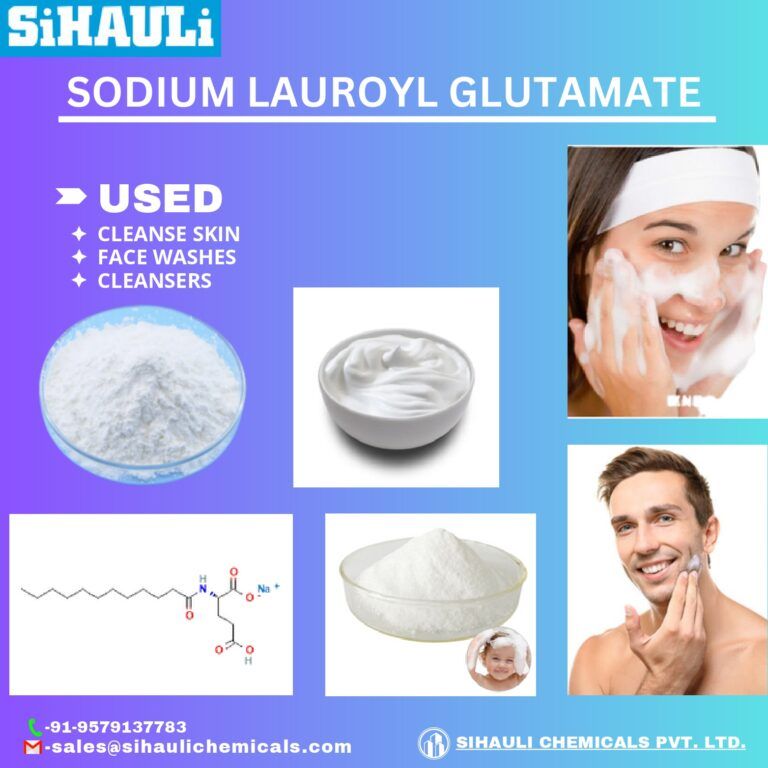Butyl methoxydibenzoylmethane is a synthetic sunscreen ingredient that provides sun protection in the UVA range. This type of radiation is present all day long, and penetrates deeply into skin, where it causes a cascade of damage that leads to many signs of ageing.
Butyl Methoxydibenzoylmethane is also known as Avobenzone. It is a derivative of dibenzoyl methane. A wider range of ultraviolet light wavelengths can be absorbed by avobenzone. It is present in a lot of broad-range sunscreens that are commercially available. It functions as a sunblock. A topical UV protector with a broad spectrum, avobenzone blocks UVA I, UVA II, and UVB wavelengths, reducing the damage that UV rays can do to the skin.
Product description
AakoSun AVB is better known as Butyl Methoxydibenzoylmethane. It is an synthetic, oil-soluble sun filter that absorbs both UV-A and UV-B radiation. Butyl Methoxydibenzoylmethane is being used in a wide range of cosmetic products to provide an appropriate Sun Protection Factor (SPF) in sunscreens or to protect cosmetics against UV radiation.
Approved for the use in sun care preparations in many countries worldwide.
In America max. 3% and in Europe max. 5%.
Butyl Methoxydibenzoylmethane is particularly suitable for water-repellent and water-resistant formulations, as it is hydrophobic and oil-soluble. It is globally the only available chemical sunscreen that provides proper UV-A protection. This makes Butyl Methoxydibenzoylmethane the gold standard of UV-A protection.
Butyl Methoxydibenzoylmethane is also known under the name Avobenzone.
Benefits
Has the ability to absorb UV light over a wide range of wavelengths and convert it into less damaging infrared radiation (heat).
It increases the stability of chemical hair colors.
Prevents natural- and synthetic hair dyes from fading in the sun.
Chemical structure
Chemical structure Avobenzone
Packaging & storage
AakoSun AVB is available in the following packaging types:
Carton paper box of 25 kg.
Must been stored in closed container in dry, cool conditions. Has a minimum shelf life of 3 years under appropriate conditions of storage.
Applications
Bath products
Cleansing
Cosmetics
Fragrance
Hair care
Nail care
Skin care
Sunscreens
BUTYL METHOXYDIBENZOYLMETHANE used for?
Butyl Methoxydibenzoylmethane is used in the creation of sun protection products. When this ingredient is used in sun protection products in the US, it will be listed on the label as Avobenzone. When applied to the skin, avobenzone blocks UV rays. By absorbing UV rays, it can also be used to shield cosmetics and personal care items from deterioration.
It is globally the only available chemical sunscreen that provides proper UV-A protection. This makes Butyl Methoxydibenzoylmethane the gold standard of UV-A protection. It is approved for use in sun care preparations at a maximum concentration of 3% in America and a maximum of 5% in Europe.
Origin
The compound is made by reacting 4-methoxyacetophenone in toluene with 4-tert-butylbenzoic methyl ester in the presence of sodium amide via Claisen condensation (from 4-tert-butylbenzoic acid by esterification with methanol).
BUTYL METHOXYDIBENZOYLMETHANE do in a formulation?
- Uv absorber
- Uv filter
Safety Profile of BUTYL METHOXYDIBENZOYLMETHANE
The Food and Drug Administration (FDA) reviewed the safety of Butyl Methoxydibenzoylmethane and approved its use as an active ingredient in Over-the-Counter (OTC) sunscreen drug products at concentrations up to 3%. When used in OTC sunscreen products, Butyl Methoxydibenzoylmethane is called Avobenzone. The Cosmetic Ingredient Review (CIR) has deferred evaluation of this ingredient because the safety has been assessed by FDA. This deferral of review is according to the provisions of the CIR Procedures.
Some studies suggest that some sunscreen ingredients, including Avobenzone, may have acted like the hormone, estrogen. Therefore, the European Commission’s Scientific Committee for Cosmetic Products and Non-Food Products Intended for Consumers (SCCNFP) was asked to consider if UV filters as used in sunscreen products have estrogenic effects which have the potential to affect human health. The SCCNFP concluded that UV filters used in sunscreen products allowed in the European market have no estrogenic effects that could potentially affect human health.




